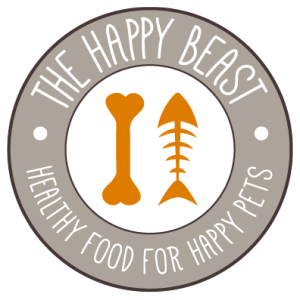If you have a cat or dog with kidney or urinary tract issues or a large breed puppy, it may have been recommended that your animal be fed a low-ash diet or foods that are low in ash content. But what exactly is ash?
Ash refers to the inorganic matter or mineral content left over after the organic matter of a food is burned off. We often think of ash as a “bad” component of food, however it is just a general term referring to the collection of minerals such as calcium, phosphorus, magnesium, sodium, etc. that are in some pet foods.
Excess ash content can be the result of using meat meals, especially “meat-by-product” meals, which contain higher amounts of tendons and bones. These foods have higher levels of calcium and phosphorous. A note of caution with large breed puppies is that excess calcium and phosphorous can contribute to irregular or rapid growth that may negatively affect their bones and joints.
In the past, it was also theorized that feeding a low-ash diet reduced the risk of the creation of bladder stones. However, recent studies have shown that the most effective way to reduce the incidence of urinary tract infections (UTIs) is to feed a high-moisture diet. Additionally, reducing stress is an important factor when treating UTIs; especially for cats.
In animals showing signs of compromised kidney function, it is important to pay attention to the ash content, and more specifically the phosphorous levels. It is important to prevent excess phosphorous intake because it may lead to an imbalance of calcium/phosphorous. Calcium is then drawn from the bones and deposited into other tissues and organs, which can cause damage over the long term. The best way to avoid excess phosphorus is to avoid foods that contain “meat meals” because these products contain higher amounts of connective tissue and bone, and thus higher values of calcium and phosphorus.
In summary, ash in itself isn’t bad, but for certain pets, you may want to pay closer attention to those values and consider a low-ash diet. However, the best way to ensure that your animal’s intake of ash is well balanced is simply to include high-quality meat sources and moisture in her diet. The best way to do this is by including raw, canned, dehydrated, freeze-dried, and air-dried foods, which are free of “meat-meals” and “meat by-products.”
Ideal Products
Tiki and Weruva are great about listing their mineral content for each food. Tiki even has a chart of the Veterinary recommendations for animals with renal disease and urinary stones: http://www.petropics.com/petropics-nutrition-facts/
